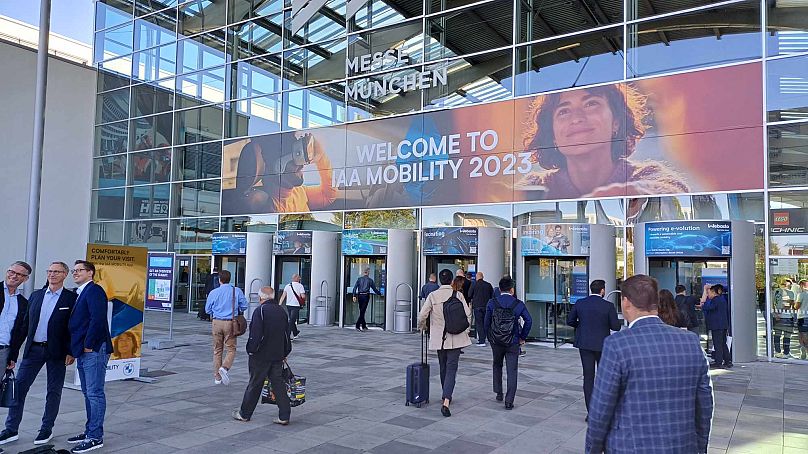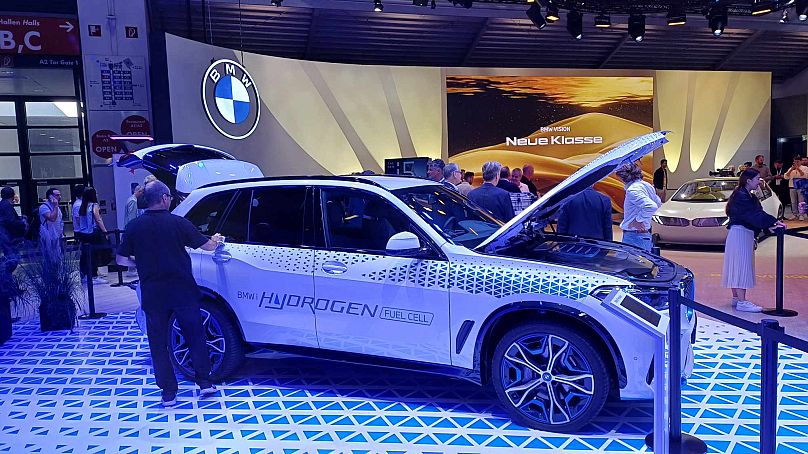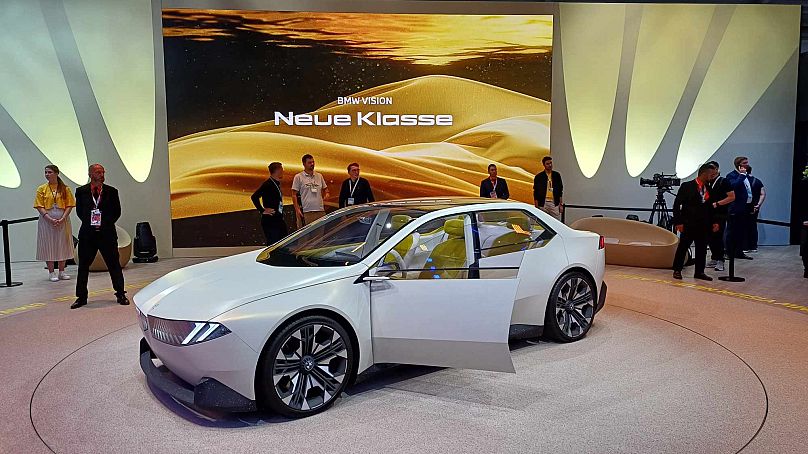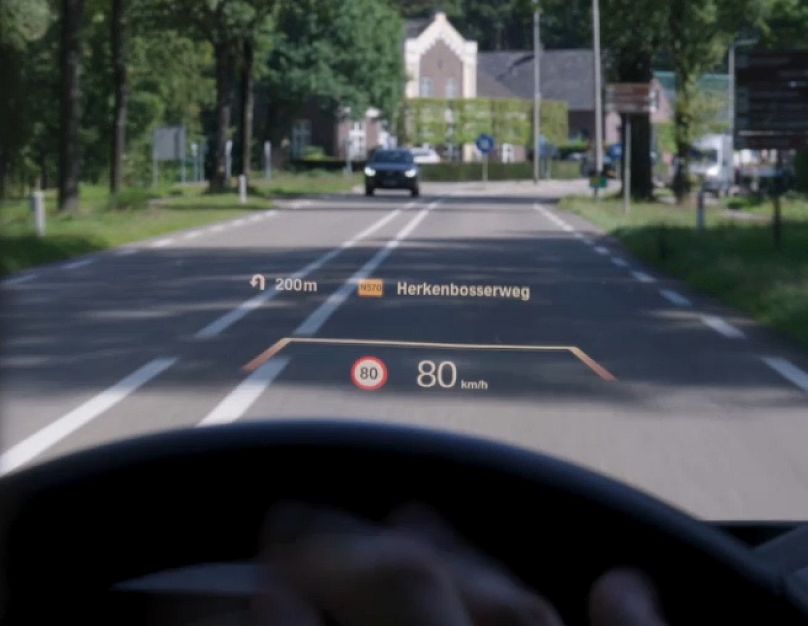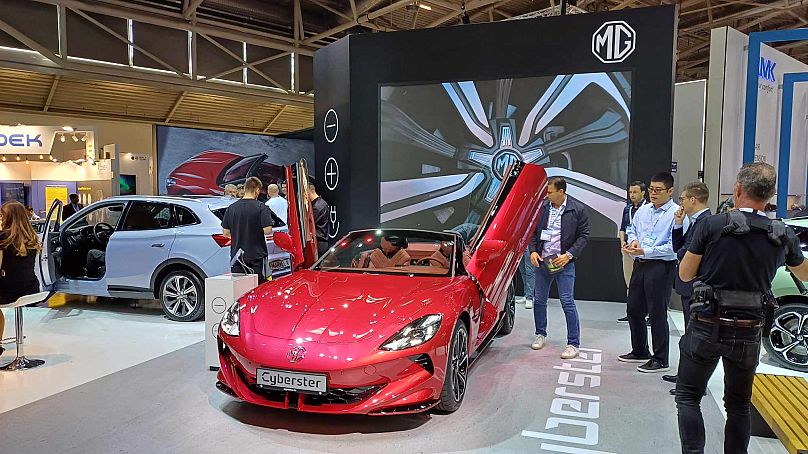18/09/2023 – 13:48 GMT+2
In this edition of Sci-Tech we visit the IAA Mobility event in Munich, in Germany. We’re checking out the latest tech trends driving the motor industry, now and into the future.
Some of the biggest names in car-making and technology are here at the IAA Mobility event showing off their new designs and innovations.
With mobility under increasing pressure to become cleaner and greener, the buzz words here are “smart and sustainable”.
Laurent Meillaud, is a journalist and automotive tech expert.
“We can feel there is a strong climate pressure more than ever. So, we can see everywhere electric cars. The hot-topic this year also is about digital. We can see some companies coming from consumer electronics, such as LG. We have Samsung. We can feel that it’s all about connectivity, 5G, the Cloud. So, we’ll be connected to the home, connected to the office.”
Japanese company Sekisui makes materials for different industries worldwide, including mobility. It’s been in Europe for 60 years and has been supplying the European automotive market since the 1980s.
The firm says 75 percent of today’s cars in Europe are equipped with its technologies. Components for glass are a big focus. This concept car, showing off the windows of tomorrow.
Masashi Yanai is the Product Planning Director, at Sekisui Europe.
“By touch switching, the glass can turn to transparent and also back to the privacy glass. Also, for the front door, we also integrated for in the car, because there are no door handles in the car anymore, we put the mobile access, and also the touch function with an icon display on the glass.”
The latest in-car information technologies are also being showcased by exhibitors here in Munich.
Sekisui is focusing on facilitating next-generation displays, with content visible across the entire windscreen.
Masashi Yanai again.
“Like navigation, or mobile phones, or radio, or clock, that kind of information, we can bring into the glass. In the case of autonomous driving, maybe we can put into the full window a cinema screen. And, in the case of an emergency, or in the case of manual driving, they just disappear from the screens and back into the normal glass.”
Sekisui already supports today’s windscreen technologies at its manufacturing hub in the Netherlands. It makes a special film for head-up displays, which project information onto the glass.
Roel Philipsen, is the Marketing Manager, at Sekisui S-LEC B.V.
“One of the issues with a head-up display is a blurred image. So, with our film, one of them is wedge-shaped. So, when interlayered inside of the glass, it ensures the right angle for a super clear view from the driver position, for the information.”
Philipsen then took the Sci-Tech team for a test drive in his car in order to demonstrate the innovative windscreen display features.
“I can see the speed limit, I can see my speed. I don’t have to bring my eye here, to the central display. I can just keep it constantly on the road. So, if anything pops up, like somebody on a bicycle or a pedestrian, I can immediately respond. It’s much safer to constantly keep the eye on the road.”
As well as boosting safety, the film inside the windscreen also has noise and heat-blocking features.
“While driving, you have the noise from the wind, from the tyres, from the engine. And, the noise-blocking film ensures that it’s much quieter inside of the vehicle, up to five decibels more quiet. On top of that, we can also, in the same film, add heat-blocking particles, to ensure it’s more cool inside of the car. So, you have less usage of the air-conditioning.” Explains Philipsen.
The challenge now for car makers is staying ahead of the curve – and remaining relevant.
Journalist Laurent Meillaud again.
“It’s like a Formula One race because they have to take into account everything at the same time. You have the digital side, you have electricity, you have autonomous driving. But, I’m confident. They’ve been there for one century and I think for another 100 years, they will still be there.”



